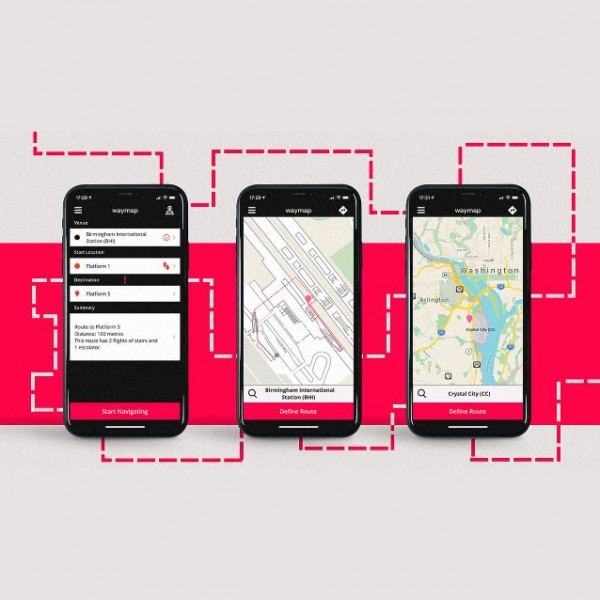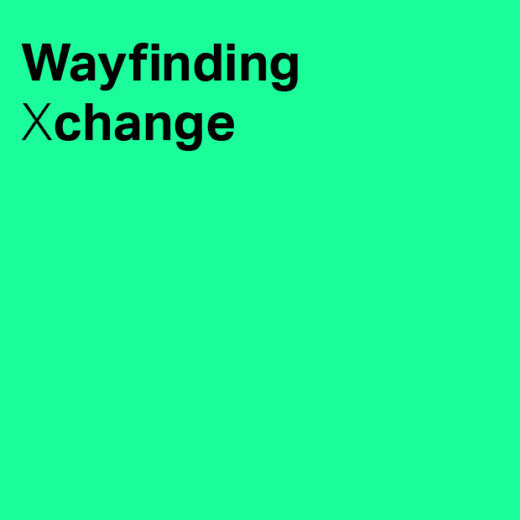
What is Waymap?
The audio navigation system Waymap was primarily designed to provide indoor and outdoor wayfinding support for blind and partially sighted people. In 2014, the Youth Forum at the Royal Society For Blind Children was asked to name the one thing that could make the biggest difference to their lives. Their answer? To use the London Underground like everyone else. For them, independence was key.
The project got going with a $1 million USD grant from Google’s charitable arm, which fuelled the research and development for the initial product. However, it quickly became apparent that the location technology required to enable an audio navigational experience wasn’t quite there yet. At the time, there were Bluetooth beacons and QR codes, but these couldn’t provide a seamless and accurate navigational experience.
After further research, Waymap developed an algorithm which uses the motion sensors on a smartphone to recognize how and where a person is walking. It gets a continuous feed of information from the device without the need to rely on other infrastructures within the space.
Their ambition is to use their code to cover door-to-door street navigation, inclusive of public transport systems.
The challenge of wayfinding with audio navigation
One of the main challenges for audio navigation systems is the need for highly accurate mapping. Location technology depends upon maps to connect motion data with the built environment. Once set up, the system provides audio navigation instructions in a variety of formats, from ‘clock face’ directions to distances in metres.
From an initial calibration walk, the user's steps are counted, and motion sensors reveal the frequency of those steps and their direction. For example, if a barometer shows an increase in elevation and there are stairs nearby, the two pieces of data are correlated. The more decision-points within a route, the more accurate the navigation. The software requires a detailed map of a building, which can be generated by using a Lidar scanner and the point cloud.

Next steps for audio navigation and digital wayfinding
The first city to deploy Waymap is Washington, DC. The city was chosen for its size and status as the US capital. Waymap worked alongside charity partners, the local community and the transportation authority to provide the navigation system with the aim of covering city-wide projects and transportation infrastructure.
Audio navigation technology also has potential applications in other wayfinding projects. From Endpoint’s experience with museums and retail, these organisations need visitors to navigate effectively and interact with their surroundings. Audio navigation could be a possible way to both enhance the wayfinding experience and increase engagement.
Currently, Waymap are in discussion with the London transport system, where their software will hopefully one day be deployed. They plan to go big – covering everything within one net in order to make urban spaces truly accessible for all.
Our podcast is available on Spotify, Apple Podcast and YouTube. Don't forget to subscribe and rate us!



